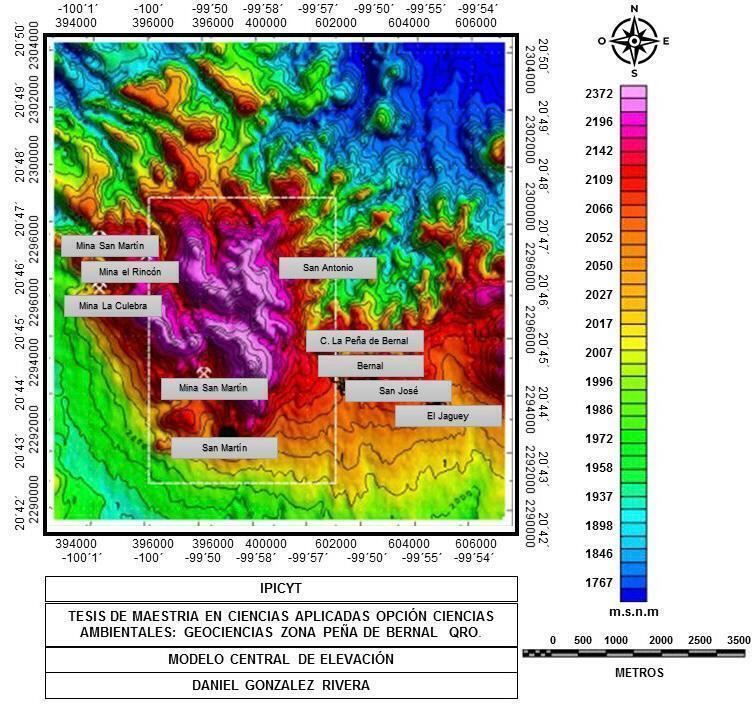Abstract
Geophysics, as part of Earth sciences, bases its conclusions on the study of the universal physical properties applied to our planet. Geophysical surveys allow for the characterization of the Earth's interior, both at the surface and at depth, by measuring different characteristics of rocks and fluids during each exploration. Magnetometry is one of the two methods known as potential methods. This means that its field of study is natural, as it is responsible for measuring the magnetic field and its variations, which originate from a magnetized rocky body due to its magnetic susceptibility. Magnetometric surveys aim to characterize the subsurface for the exploration and characterization of mineral deposits, including diamonds and oil systems. However, to achieve this, it is necessary to collect field data with a magnetometer, conducting a magnetometric survey over the area of interest to obtain the study data. It is important to note that there are factors that may be associated with errors in data collection, so it is necessary to make corrections to eliminate the influence of these factors on measurements. The corrections to be considered include temporal, instrumental, elevation, topographic, and spatial. This article primarily aims to explain the importance and uses of corrections applied in magnetometric surveys, focusing on the data obtained in the field. It serves as an introductory approach to this topic for geoscience students.
References
Anderson, D., Anghel, A., Yumoto, K., Ishitsuka, M., y Kudeki, E. (2002). Estimating daytime vertical ExB drift velocities in the equatorial F‐region using ground‐based magnetometer observations. Geophysical Research Letters, 29(12). https://doi.org/10.1029/2001GL014562
Bracewell R.N., (1978). The Fourier Transformer and its application. Mc Graw Hill, 444 p.
Briggs I.C., (1974). Machine contouring using minimum curvature: Geophysics, V. 39, p.39–48.
Budker, D., y Kimball, J. (2013). Optical Magnetometry (D. Budker y D. F. Jackson Kimball, Eds.). Cambridge University Press. https://doi.org/10.1017/CBO9780511846380
Estrada, L.A (2015). Prospección Magnetométrica para alumnos de ingeniería geodésica y geofísica de la Facultad de Ciencias exactas y Tecnología, Departamento de geodesia y topografía. Universidad Nacional de Tucumán, Argentina.
González-Rivera, D. (2010). La exploración magnética aérea en la prospección de yacimientos de oro y plata: caso Peña de Bernal, Querétaro. Instituto Potosino de Investigación Científica y Tecnológica A.C. Consultado el 20 de marzo de 2024. https://repositorio.ipicyt.edu.mx///handle/11627/2982
Gough, D. I., e Ingham, M. R. (1983). Interpretation methods for magnetometer arrays. Reviews of Geophysics, 21(4), 805–827. https://doi.org/10.1029/RG021i004p00805
Nabighian M. N., (1984). Toward a three-dimensional automatic interpretation of potential field data via generalized Hilbert transforms - Fundamental relations: Geophysics, v.49, p.780– 786.
Parshin, A. V., Morozov, V. A., Blinov, A. V., Kosterev, A. N., y Budyak, A. E. (2018). Low-altitude geophysical magnetic prospecting based on multirotor UAV as a promising replacement for traditional ground survey. Geo-Spatial Information Science, 21(1), 67–74. https://doi.org/10.1080/10095020.2017.1420508
Singh, B., Prabhakara Rao, M. R. K., Prajapati, S. K., y Swarnapriya, Ch. (2014). Combined gravity and magnetic modeling over Pavagadh and Phenaimata igneous complexes, Gujarat, India: Inference on emplacement history of Deccan volcanism. Journal of Asian Earth Sciences, 80, 119–133. https://doi.org/10.1016/j.jseaes.2013.11.005
Tarbuck, E., Lutgens, F., y Giner Robles, J. (2005). Ciencias de la Tierra: una introducción a la geología física. Prentice Hall / Pearson.
Telford, W., Geldart, L. P., y Sheriff, R. E. (2004). Applied Geophysics (2nd ed.). Cambridge University Press.
Yüngül, S. (1956). Prospecting for chromite with gravimeter and magnetometer over rugged topography in East Turkey. Geophysics, 21(2), 433–454. https://doi.org/10.1190/1.1438245

This work is licensed under a Creative Commons Attribution-NonCommercial 4.0 International License.
Copyright (c) 2024 Universidad Nacional Autónoma de México

